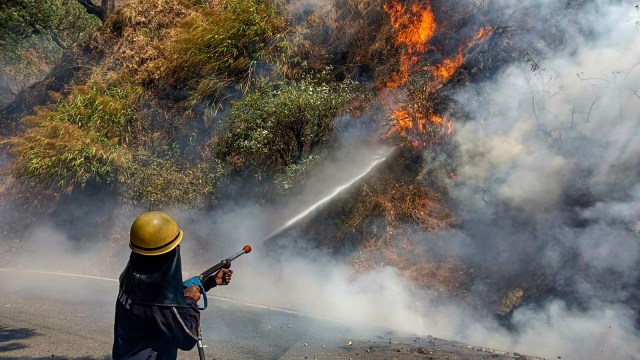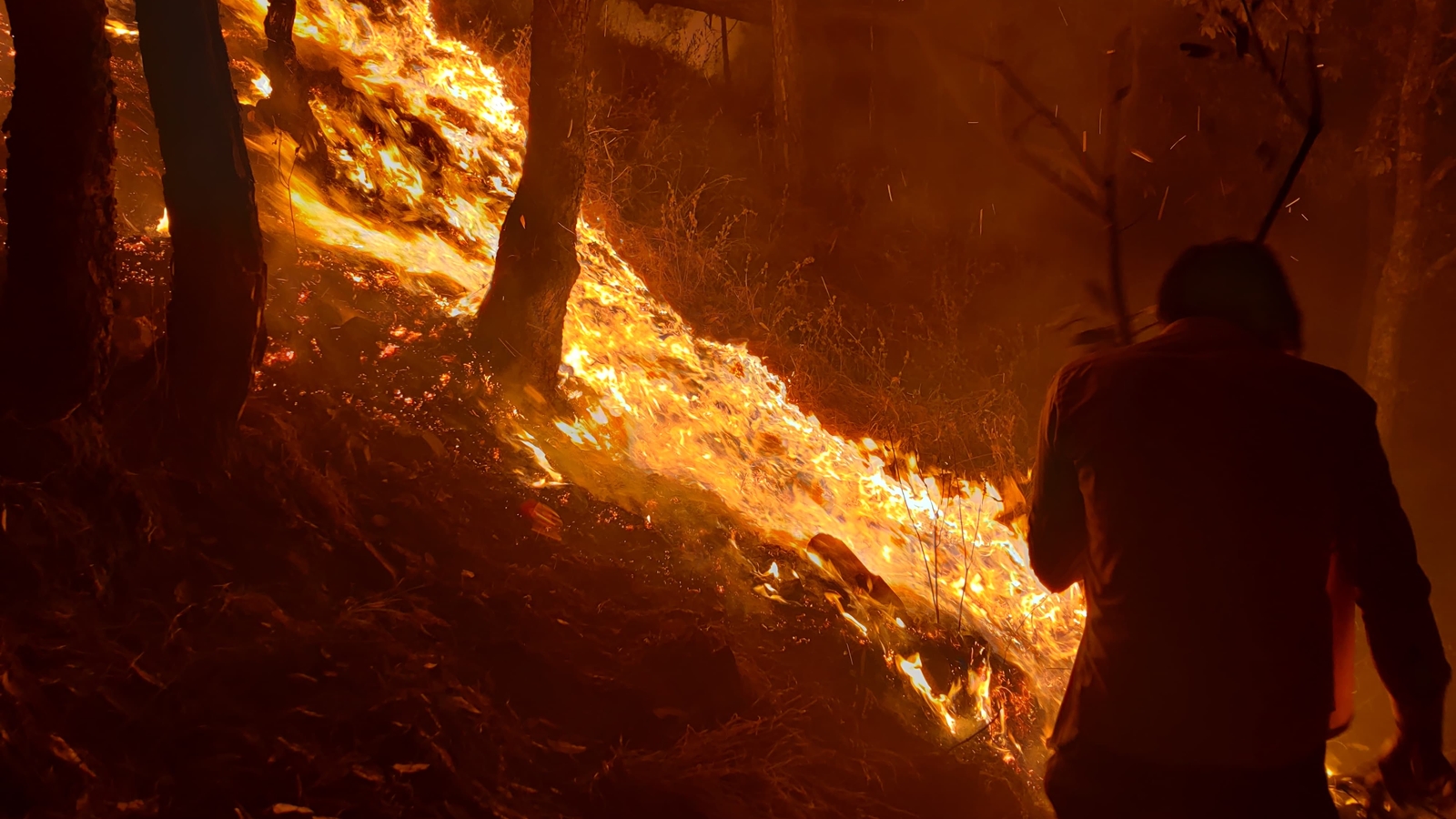
Dear Readers
Last week, the Supreme Court asked the Uttarakhand government to take preventive steps against its longstanding forest fire problem. It asked the state government to not pin hopes on temporary solutions such as “cloud seeding”. While the apex court was delivering its verdict, Uttarakhand experienced its first significant spell of rain for the summer. Almora and Bageshwar experienced cloudbursts and Uttarkashi was lashed by hailstorms. The rains broke a dry spell and brought relief from the wildfire frenzy that has affected more than a thousand hectares of forest. The question now is: Will the state authorities use the respite provided by the elements to frame long-term solutions or will complacency be the name of the game again?
The same excuses
Uttarakhand is, of course, not alone. Time and again, the SC has asked governments to frame long-term solutions to environmental questions. And, time and again the complexity of a crisis at hand has become an alibi for administrations to prevaricate. Whether in Delhi’s reoccurring pollution crisis, or Assam’s perennial trysts with floods or the water shortage issues in several parts of the country – most recently Bengaluru – landslides in Himalaya or the blaze in Uttarakhand, evasion, blame games, finding easy scapegoats and even denying the seriousness of the situation are standard tactics to hide the lack of political will.
In Uttarakhand, the state administration has blamed “criminal elements” for the forest fires. In the court, its representative also said that barely 0.1 per cent of the biosphere has been gutted. The state government had figures for human casualties. But it could only tell the SC that it will “get the numbers” of the animals which have perished in the fires. The state’s representative said “the media has painted a wrong picture”.
The pine and the oak
The sense of déjà vu about such arguments is the less worrying part of the story. The more troubling issue is that the political inertia is in, large measure, a symptom of the failure of the authorities to join the dots between the lives of people – their livelihoods, the infrastructure they rely on, their energy sources, their daily commute, the farms that produce their food – and natural phenomenon. Take the case of Uttarakhand. For long, fires were essential to the regeneration of the state’s forests. Traditionally, people would set fire to leaves, pine-needle litter and grassy hillsides so that with the first rains, a new flush of grass would appear. There has been very little attempt to understand how this once-ecologically beneficial activity got linked to unscrupulous business, including the timber mafia.
It’s also strange that in times when decolonisation and tradition have become political buzzwords, there is very little attempt to understand the natural legacy of regions. The pine, for instance, was introduced in the Himalaya by the colonists. It’s a tough species that spreads fast and its needle-like leaves do not add to the moisture in the region – certainly not the tree variety for times when Uttarakhand has begun to feel the impacts of climate change-driven aridity.
In contrast, the oak, once the most charismatic tree variety in the region, allows other species to flourish around it. Its roots hold the soil secure and when its leaves fall to the ground they quickly turn to humus and add to the topsoil.
While half-hearted attempts are sometimes made to control the timber mafia, little has been done to help the broadleaf forest generate itself. In other words, what passes off as a forest is actually pine plantation.

Giving effect to the SC’s directions on preventing forest fires, would require creating a repository of bioindicators that can help judge the health of the ecosystem – the plant animal, bird and insect life that help the forest regenerate itself. If its response to the SC’s queries is any evidence, the Uttarakhand government does not have much by way of such information.
The push from below
In an article in this newspaper, on environmental issues not getting their due election after election, pollution scientist Abhijit Chatterjee (Roti, Kapda, Makan, Good Air, IE, May 9) writes “pollution has not made it to the list of people’s priorities, and, by extension, to the top-priority lists of parties”. The roti-kapda-makaan from a few decades ago became bijli-paani-sadak, “which in the recent past turned to job opportunities and anti-corruption,” he points out.
The next step is linked to sustainability. Macro-level solutions like renewable energy or green hydrogen needs to be linked to local-level remedies like caring for forests or airsheds or protecting against floods and landslides. That can only come when these issues become a regular part of politics.
Till next time
Kaushik



